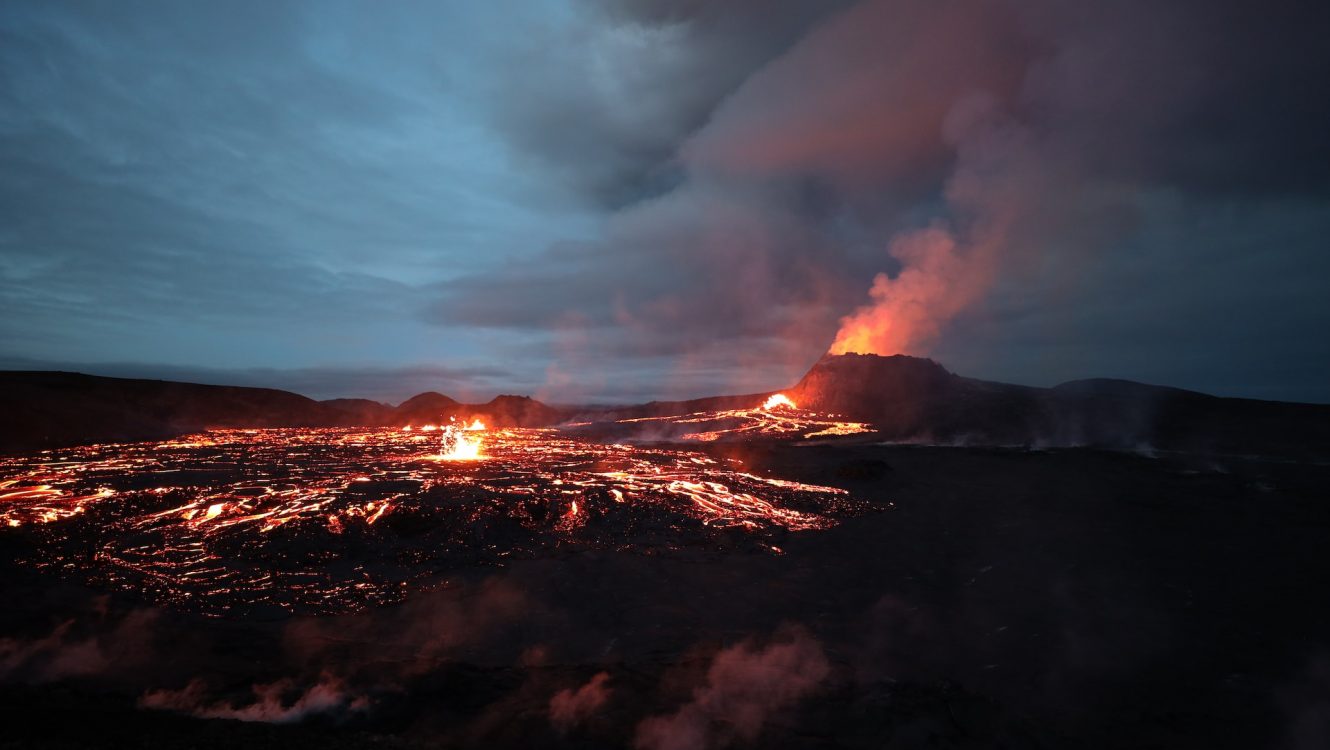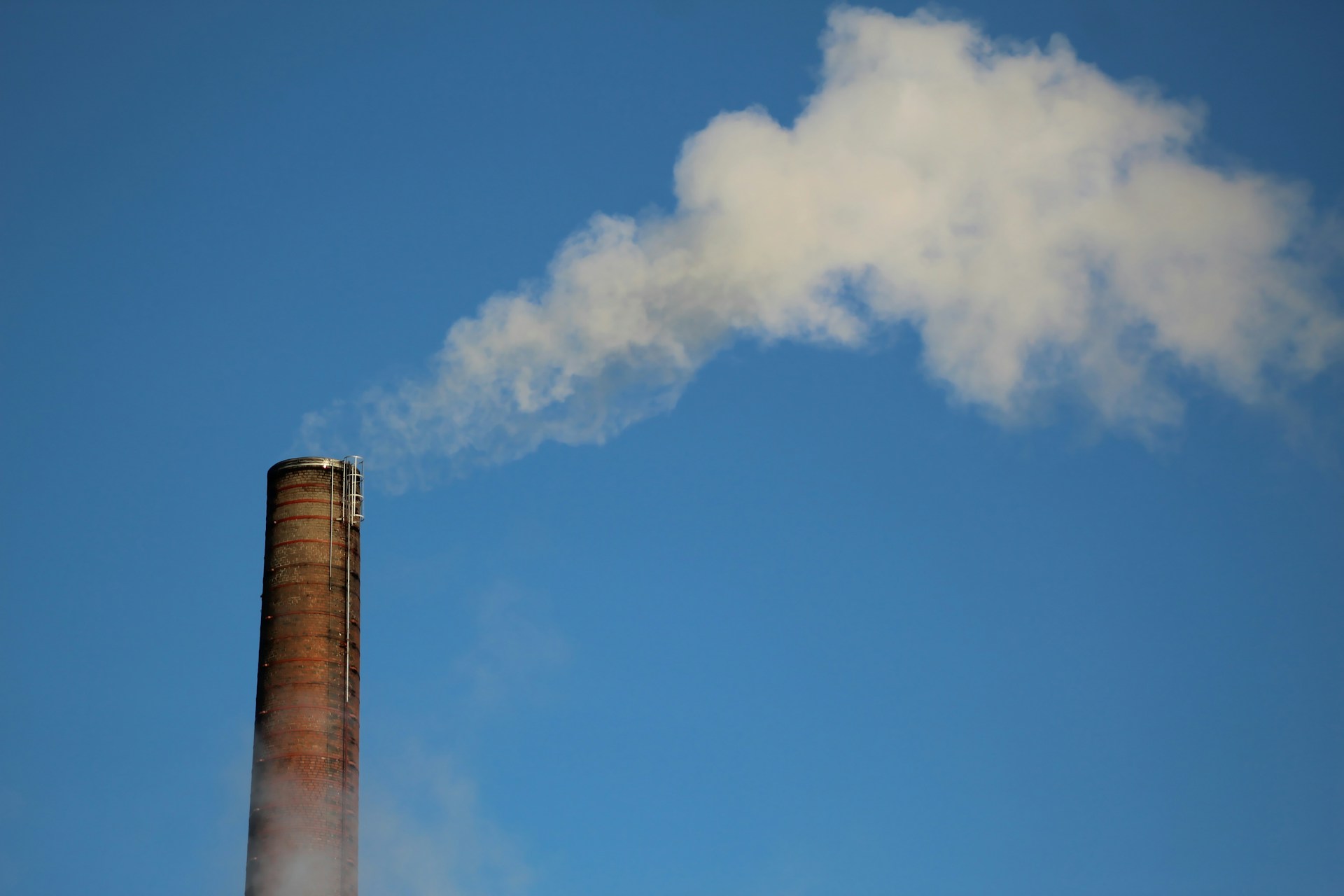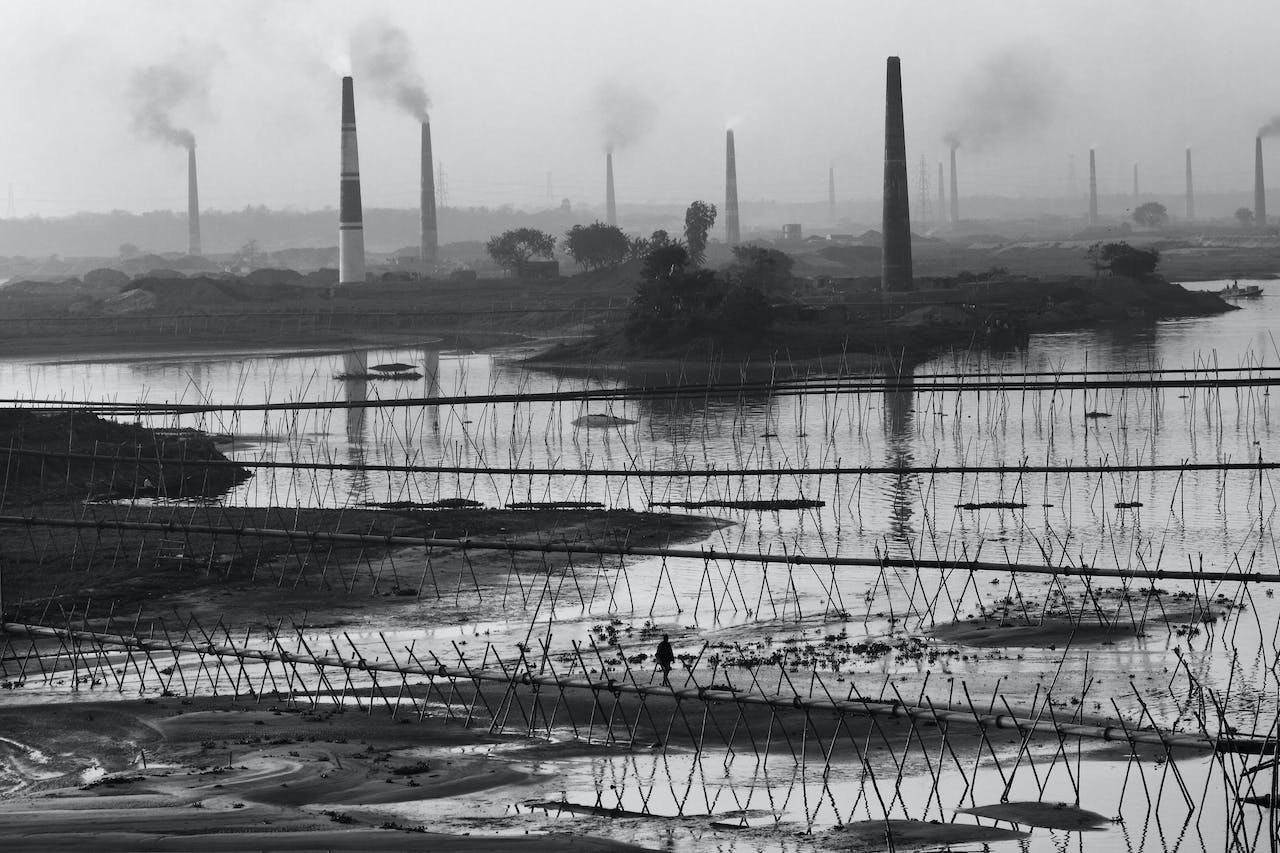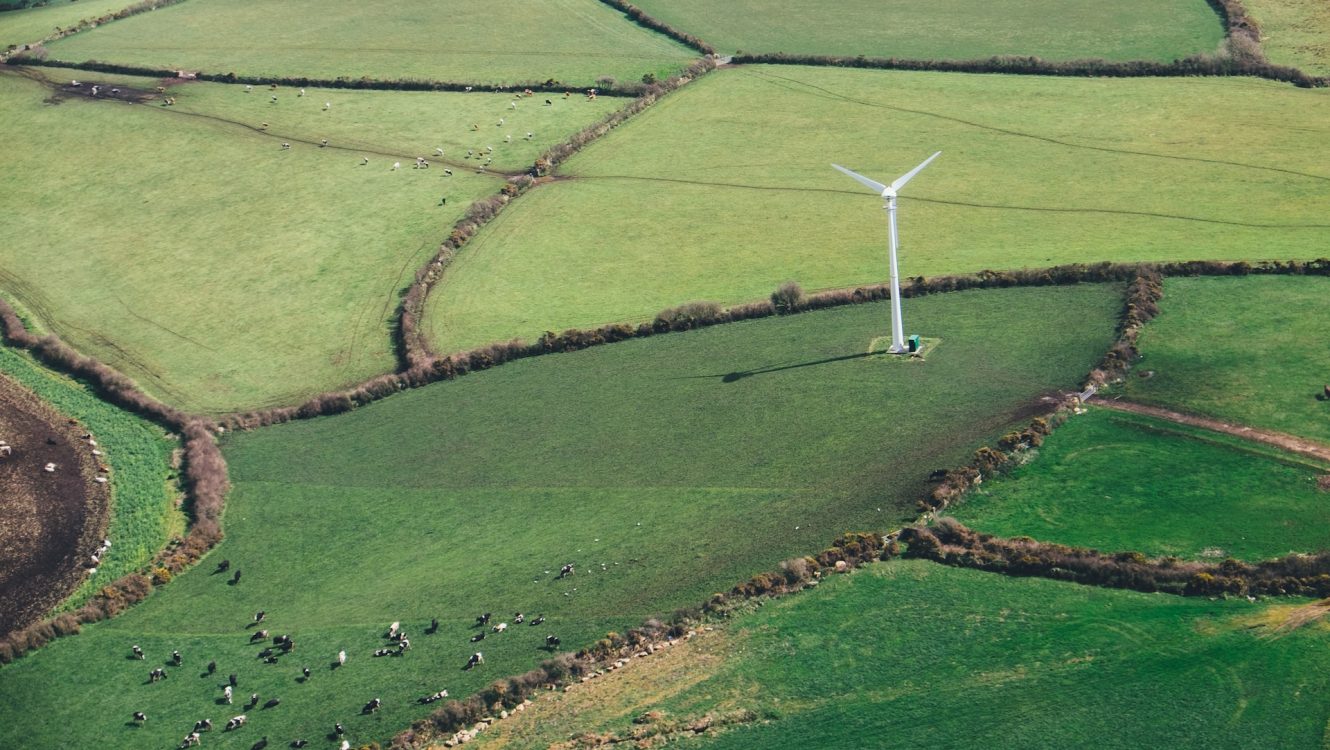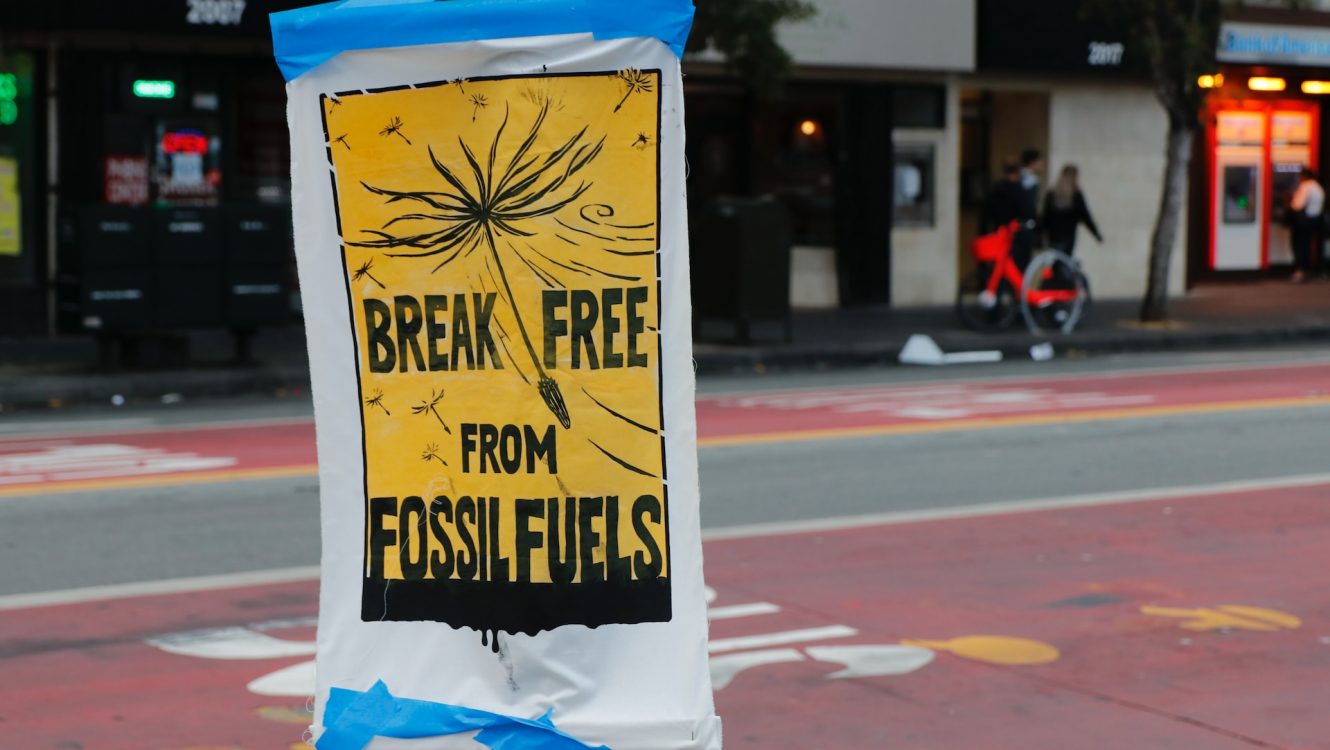Environmental challenge: record emissions and atmospheric impacts
Europe, like the whole world, faces serious environmental challenges and climate change. In recent years, an increase in the release of gases that have a greenhouse effect and which adversely affect the atmosphere and climate of the region has been considered. These record emissions have the potential to have a significant impact on the ecosystem and lives of people in Europe.
The main sources of record emissions in Europe are industry, energy, transport and agriculture. Emissions of carbon dioxide (CO2), methane (CH4) and nitrogen oxides (NOx) are the main components contributing to the greenhouse effect and global warming. Along with these gases, emissions of aerosols and other pollutants also have an impact on air quality and atmospheric phenomena.
Air pollution and record emissions: implications for Europe
One of the main challenges associated with record emissions is global warming. Increasing levels of greenhouse gases in the atmosphere cause global climate change, which leads to an increase in the temperature of the planet, which in turn causes changes in the weather and climate of Europe. This could lead to more frequent and intense weather events such as heat waves, rainstorms, floods and droughts. All of this has serious impacts on agriculture, ecosystems and society as a whole.
Another serious consequence of record emissions is air pollution. Excessive levels of harmful substances in the atmosphere can cause poor air quality, which can have potentially adverse effects on human and animal health. Respiratory illnesses, allergies and other illnesses may become more common due to air pollution.
However, Europe does not remain inactive in the face of these challenges. The countries of the European Union and other countries in the region are undertaking various programs to minimize greenhouse gas emissions and improve atmospheric quality. One of the key steps is the transition to more environmentally friendly energy sources, such as wind and solar power, as well as improving energy efficiency.
In addition, European countries are actively developing and implementing measures to reduce emissions in the transport and agricultural sectors. This includes encouraging the use of public transport, the development of electric and hybrid vehicles, and the adoption of agricultural practices that reduce emissions.
In addition, cooperation between countries and scientific organizations in the field of climate and ecology is of significant importance in resolving this situation. Sharing knowledge and experience allows us to develop more effective methods for reducing emissions and adapting to climate change.
Record emissions and their impact on the atmosphere in Europe are a major challenge, but with concerted efforts and concentrated action their negative impact can be reduced.
Maintaining sustainable and environmentally friendly energy approaches and sources represents an important step towards a healthier and more sustainable future for the region and the planet.

Greenhouse effect
The greenhouse effect is like a “ticking time bomb” in causing climate change. It is caused by rising levels of greenhouse gases such as CO2 and methane in the atmosphere. These gases trap heat from the sun’s rays and create a similar greenhouse gas effect. As a result, the average temperature on Earth is gradually rising, which can have a catastrophic effect on the climate.
To reduce the impact of greenhouse gases and reduce their negative consequences, it is necessary to increase measures to reduce emissions of these gases, transition to the use of alternative energy sources and increase the efficiency of resource use.
Combating this ticking time bomb is becoming increasingly urgent to ensure climate sustainability and the future of our planet.
Polluted atmosphere in Europe: Differences between East and West
A study conducted by American scientists found that teenagers who inhale particulate matter are at risk of heart rhythm problems. Residents of more polluted areas feel a particularly high risk.
At the global level, South Asia faces the greatest air pollution problems. Countries like Bangladesh, India, Nepal and Pakistan are on the list of the most polluted regions.
Bangladesh would have lost the opportunity to live an additional 6.8 years if pollution levels were up to standard. In this country, the level of particulate matter (PM2.5) is 74 micrograms per cubic meter.
The capital city with the highest level of air pollution is Delhi, India. The average PM2.5 level here is 126.5. Delhi has been ranked among the most polluted cities for several years in a row.
On the other hand, China has made significant improvements in the fight against air pollution. Since 2013, air pollution levels have decreased by 42%, resulting in an increase in the average life expectancy of Chinese citizens by 2.2 years. Compared to the results of the 2021 report, the country improved its indicators by 13 percentage points, which led to an increase in life expectancy by almost 1 year.
In Europe and North America, air pollution levels are improving at about the same rate. However, there are significant differences between Western and Eastern Europe. Bosnia is considered one of the most polluted countries on the continent.



